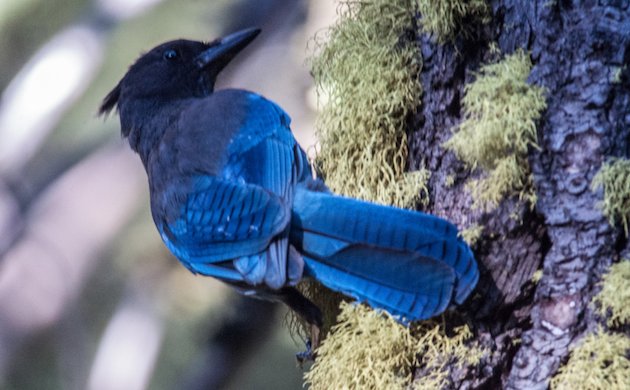
The Steller’s Jay (Cyanocitta stelleri) is one of the ubiquitous birds seen at Lassen Volcanic National Park in northern California. They are a non-migratory species found in western coniferous and mixed-coniferous forests, breeding from Alaska, western Canada, and the United States south through western Mexico to Nicaragua. Although they are normally non-migratory, populations that breed at high elevations typically move to lower elevations during the winter.
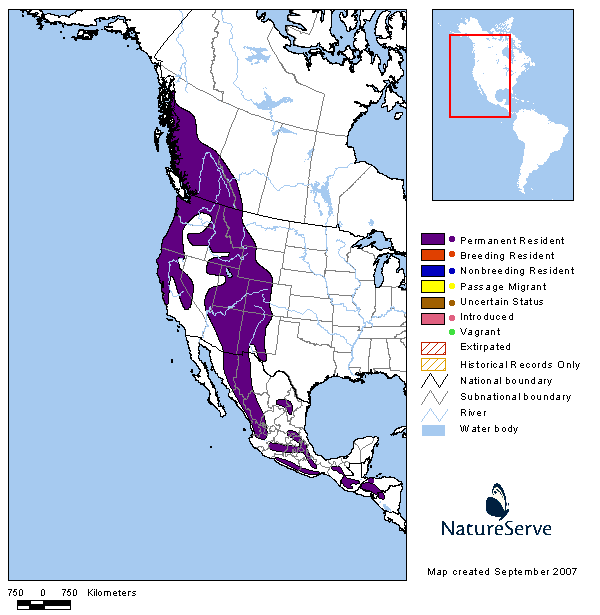 Often found around campgrounds, the boisterous calls from these conspicuous birds can be heard from a distance. I have never noticed but the Steller’s Jay also produces a softer call known as the “whisper song.”
Often found around campgrounds, the boisterous calls from these conspicuous birds can be heard from a distance. I have never noticed but the Steller’s Jay also produces a softer call known as the “whisper song.”
They are a very handsome bird with their deep blue color and distinctive black crest (click on photos for full sized images).
One of my favorite distinguishing characteristics of this Jay are the blue streaks on its forehead.
The Steller’s Jay discovered by and named for the naturalist, Georg Wilhelm Steller, who found this Jay on Kayak Island off the southern coast of Alaska in 1741, could just as well have been named “Stellar” don’t you think?
httpv://youtu.be/055CpL_0764


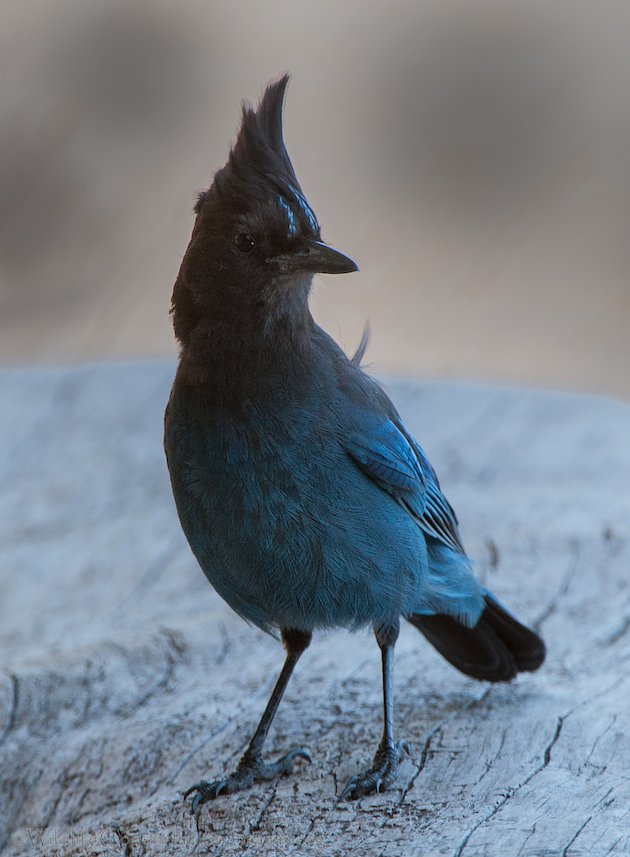
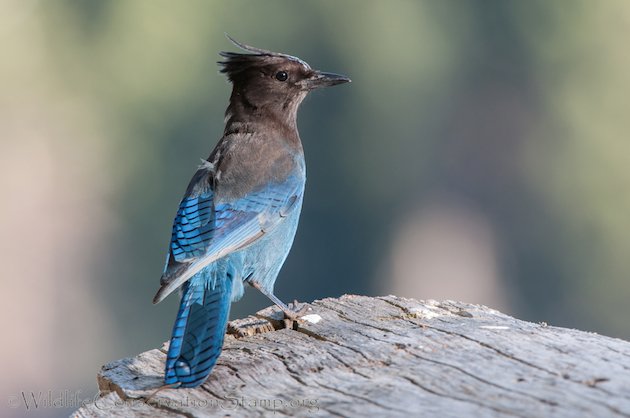
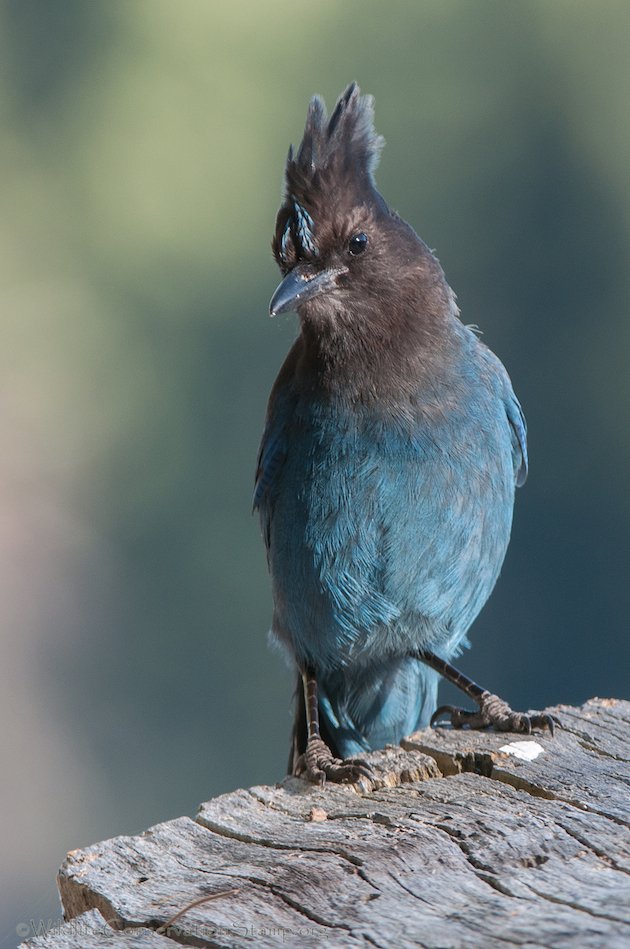











Just gorgeous photos! Thanks!
Beautiful bird and images! As I read this, a Steller’s Jay family tapped on my back window, something they apparently learned to do in the neighborhood since they arrived one day with that particular skill intact. I wonder which of the calls I hear is the “whisper song.” When communicating amongst themselves in our treetops, they have a varied vocabulary.
Oops, neglected to link out to the whisper song audio to check.
Thanks for the interesting read and gorgeous photos!
You are very welcome Vijay! Thanks for stopping by with a comment!